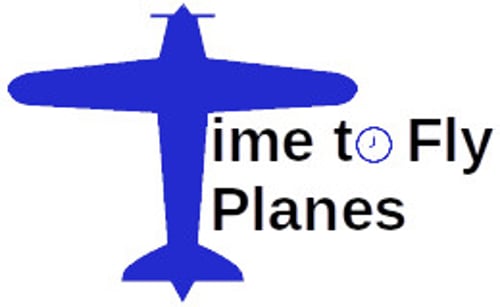RUnway Surfing©
Jeff Meltzer & Gary Palmer Jan 22 2022
Learning to land an airplane is a complex process which requires a combination of knowledge, skill, and practice. Theories of learning help explain how pilots acquire the ability to safely and effectively land an aircraft.
One important theory of learning is Transfer of Learning, which refers to the ability to apply knowledge and skills learned in one situation to another. In the context of learning to land an airplane, Transfer of Learning would involve the pilot being able to apply the knowledge and skills learned in training to real-world landing scenarios.
Another important theory of learning is Repetition, referring to the idea that practice makes perfect. In the context of landing an airplane, repetition involves the pilot practicing different landing scenarios, both in simulation and in real-world conditions, in order to build up their skill and confidence.
One specific technique that can be used to improve landing skills is "runway surfing." This technique involves using a combination of pitch and power to fly a few feet (in ground effect) above the runway (surfing it), rather than actually touching down. This allows the pilot to make small adjustments to the aircraft's position and speed before contacting the runway. By practicing this technique repeatedly, pilots can improve their ability to learn the small adjustments necessary while landing the airplane.
One of these small adjustments is the “landing attitude (or pitch & speed). While in flight changing pitch is used to adjust for level flight or to climb or descend. During landing, just prior to touchdown, changes to pitch are used to get the plane in an attitude to land. When landing a nosewheel airplane, that “landing attitude” has the nose wheel above the main gear. Basically a very slight rotation around the aircraft center of gravity. The control inputs are very slight, and should be practiced while runway surfing, because the effectiveness changes when slow and in ground effect. When the nose is lifted slightly, there may be a small power adjustment needed.
Putting it together, you approach the runway and surf by managing power and pitch. Then establish the landing pitch (slight nose up) and reduce power to allow that controlled descent. Doing the well should result in a smooth and soft approach to land your airplane safely and efficiently.
